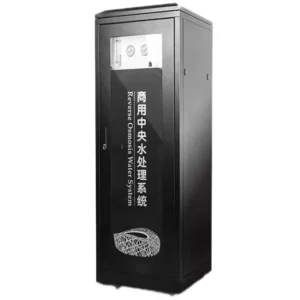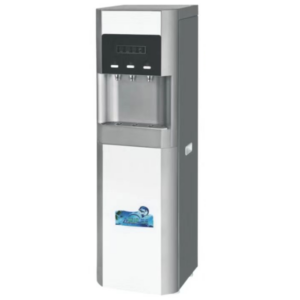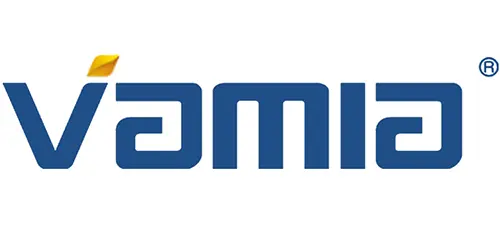How Does the Water-Saving Function of Water Purifiers Work?
As environmental awareness grows, water conservation has become a key consideration for households when choosing a water purifier.
Many modern purifiers incorporate innovative technologies to minimize water waste without compromising on purification efficiency. Here’s
Many modern purifiers incorporate innovative technologies to minimize water waste without compromising on purification efficiency. Here’s
a detailed look at how these water-saving features work and why they matter.
1. Understanding Water Waste in Purification
Traditional water purifiers, especially reverse osmosis (RO) systems, can generate significant wastewater. RO technology uses a
semipermeable membrane to remove contaminants, requiring pressure to push water through the membrane. During this process,
semipermeable membrane to remove contaminants, requiring pressure to push water through the membrane. During this process,
“concentrated” water carrying dissolved solids is flushed away as wastewater. In older models, the wastewater-to-pure-water ratio
(drain ratio) could be as high as 3:1 (3 gallons of wastewater for 1 gallon of clean water). Modern water-saving designs aim to reduce
this ratio to 1:1 or even lower, ensuring less water goes to waste.

(drain ratio) could be as high as 3:1 (3 gallons of wastewater for 1 gallon of clean water). Modern water-saving designs aim to reduce
this ratio to 1:1 or even lower, ensuring less water goes to waste.

2. Key Technologies for Water Conservation
Optimized RO Membrane Design
Advanced RO membranes with tighter spacing and improved surface chemistry enhance filtration efficiency, allowing more water to
pass through the membrane while retaining contaminants. This reduces the need for excessive flushing, lowering the drain ratio.
Some membranes also feature self-cleaning properties to minimize clogging, extending their lifespan and reducing water used for maintenance flushes.
pass through the membrane while retaining contaminants. This reduces the need for excessive flushing, lowering the drain ratio.
Some membranes also feature self-cleaning properties to minimize clogging, extending their lifespan and reducing water used for maintenance flushes.
Recirculating Wastewater Systems
Innovative purifiers use a closed-loop system to recycle wastewater. Instead of discharging it directly, the concentrated water is
redirected back into the inlet for reprocessing. This “reflux” technology can reuse up to 50% of the wastewater in subsequent
filtration cycles, significantly lowering overall water consumption. However, this requires careful monitoring to prevent mineral buildup
that could affect membrane performance.

redirected back into the inlet for reprocessing. This “reflux” technology can reuse up to 50% of the wastewater in subsequent
filtration cycles, significantly lowering overall water consumption. However, this requires careful monitoring to prevent mineral buildup
that could affect membrane performance.

Smart Flush Mechanisms
Traditional purifiers flush the membrane with large volumes of water during startup or shutdown to prevent bacterial growth and
mineral scaling. Newer models use pulsed flushing or pressure-driven backflushing, which use shorter, more frequent bursts of
water instead of continuous flushing. Sensors may also trigger flushing only when necessary (e.g., after prolonged use), reducing unnecessary water waste.
mineral scaling. Newer models use pulsed flushing or pressure-driven backflushing, which use shorter, more frequent bursts of
water instead of continuous flushing. Sensors may also trigger flushing only when necessary (e.g., after prolonged use), reducing unnecessary water waste.
Dual-Structure Filtration
Water Purifier Factory, Water Purifier For Home, Water Purifier Machine,Water Purifier, Water Filter Purifier System
Some purifiers combine ultrafiltration (UF) and RO technologies in a hybrid system. UF filters, which require no electricity and produce
little to no wastewater, handle basic purification for daily use (e.g., cooking, washing). RO is reserved for high-contamination scenarios
(e.g., tap water with heavy metals), minimizing RO usage and thus wastewater generation.
little to no wastewater, handle basic purification for daily use (e.g., cooking, washing). RO is reserved for high-contamination scenarios
(e.g., tap water with heavy metals), minimizing RO usage and thus wastewater generation.
